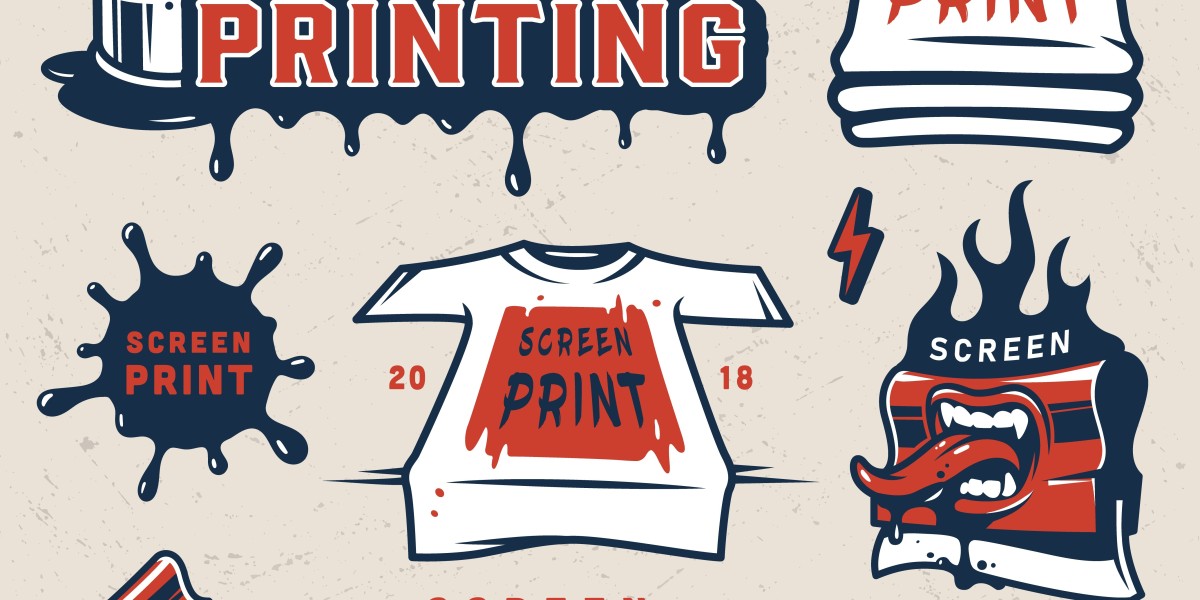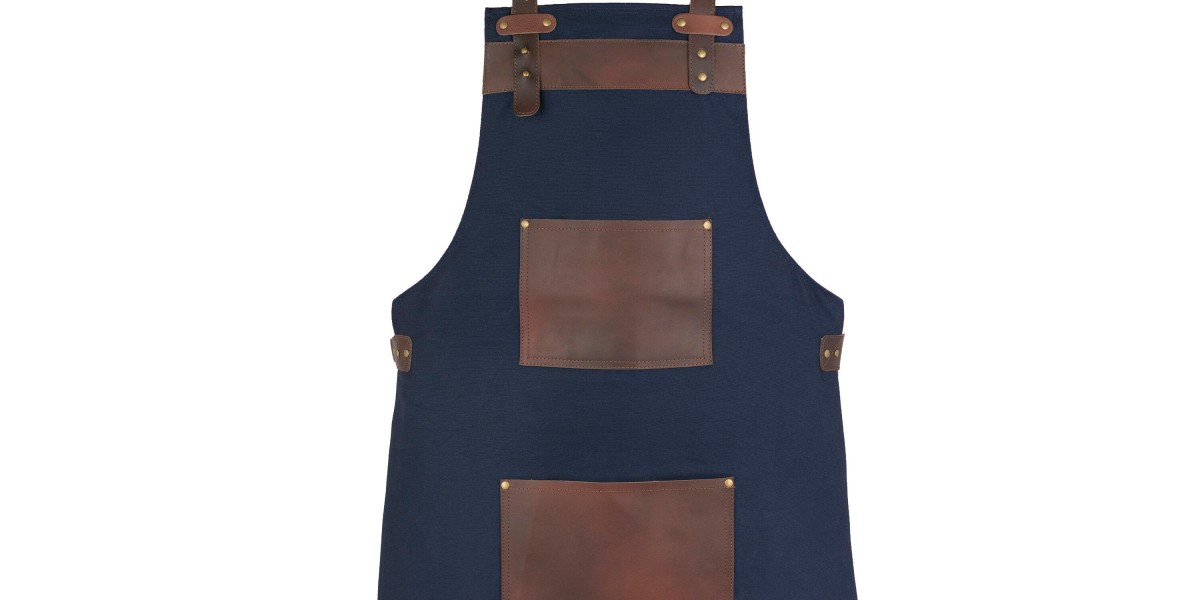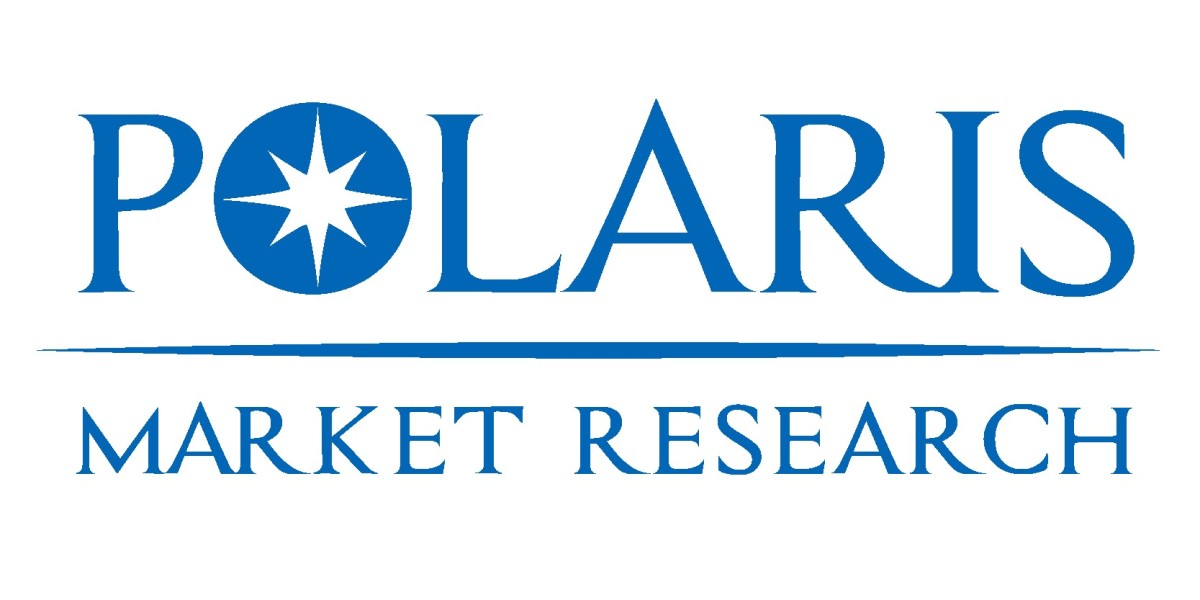So, you’re making beautiful shirts. Your designs are getting attention, the prints are vibrant, and the quality is top-notch. That’s the fun part. But now for the real question: are you making money? Many aspiring creators ask, 'Is a DTF business profitable?' and the answer is a resounding 'yes'—if you price your products correctly from day one.
Pricing your work is, without a doubt, one of the hardest parts of running a creative business. Many talented printers accidentally undercharge, work for pennies, and burn out before their brand ever has a chance to grow.
Let's put an end to that.
This guide will remove the guesswork and anxiety from pricing. We'll give you a clear, straightforward framework to help you price your DTF products with confidence, ensuring every sale isn’t just a sale—it’s a profitable step towards building a sustainable business.
First Things First: You Can't Price What You Don't Know
Before you can even think about profit, you must know your exact costs of DTF Supplies down to the cent. This is the non-negotiable foundation of your entire business. If you don't know your break-even point, you're flying blind.
The “Tangible” Costs: Ink, Film, and Blanks
These are the tangible costs that go into every single shirt that leaves your workshop.
The Blank Garment: This is your most obvious cost. Whether it's a $3 basic tee or a $15 premium hoodie, track it precisely.
DTF Film & Powder: You can calculate this. For example, if a 100-foot roll of film costs $100, your film cost is roughly $1 per foot. Know your numbers.
DTF Ink: This is trickier, but you can get a good estimate. Over time, you’ll learn roughly how many prints you get from a set of cartridges, giving you an average ink cost per design.
The “Hidden” Costs: Are You Valuing Your Time?
This is the "rookie mistake" we see most often. You MUST pay yourself for your time. If you don't, you're not running a business; you're funding a very expensive hobby. Assign a realistic hourly rate for your own work ($20/hour, $30/hour, etc.) and calculate the time it takes to:
Design & Admin: Time spent emailing a client, preparing the artwork, and sending proofs.
Production: Time spent running the DTF printer, curing the transfer, and pressing the shirt.
Fulfillment: Time spent quality checking, folding, and packaging the final product.
The "Silent" Costs: Don't Forget Overhead
These are the "silent" costs of keeping the lights on. Add up your monthly overhead and divide it by the number of shirts you typically sell in a month to get a rough "overhead cost per shirt."
Software subscriptions (Adobe, Canva, etc.)
Website and e-commerce fees (Shopify, Etsy)
Electricity and rent for your workspace
Marketing and advertising costs
Are You Making These Pricing Mistakes?
Before choosing a strategy, let's look at the traps that new printers fall into. Avoiding these is half the battle.
❌ Mistake #1: Competing on Price Alone
Trying to be the cheapest option is a race to the bottom that you will never win. Someone with a massive warehouse and industrial equipment can always sell for less. Instead, compete on quality, unique designs, and amazing customer service.
❌ Mistake #2: Ignoring Your Niche
A generic t-shirt is a low-value commodity. A custom-designed shirt for a passionate niche (like vintage car lovers, a local hiking club, or a bride's bachelorette party) has a much higher perceived value. You can, and should, charge more for specialized products.
❌ Mistake #3: Not Charging for Small Orders
Small, one-off orders take up just as much administrative and setup time as larger orders. Don't be afraid to set a minimum order quantity or have a higher price for single-item purchases to make sure your time is compensated.
Putting It All Together: Two Pricing Scenarios
While a dedicated DTF printing cost calculator can be helpful, doing the math yourself ensures you truly understand where every penny is going. Let's see how this works in practice. Assume your hourly rate is $20/hour. These are just estimates:
Example 1: A Single Etsy Shirt
Blank Premium T-Shirt: $7.00
Ink/Film/Powder Cost: $2.50
Labor (15 mins total for design prep, printing, packing): $5.00
Overhead & Fees (Etsy, etc.): $2.50
Total Cost: $17.00
A simple 100% markup (Cost-Plus) would be a $34.00 price (+ shipping).
Example 2: A 50-Shirt Order for a Local Business
Blank Basic T-Shirts (bulk price): $4.00/shirt = $200.00
Ink/Film/Powder Cost: $1.50/shirt = $75.00
Labor (3 hours total for setup, printing, packing): $60.00
Overhead: $25.00
Total Cost: $360.00 (or $7.20 per shirt)
You could use a tiered price here, maybe $15/shirt, for a total of $750.00. This nets a strong profit while giving the client a great bulk discount.
The Secret to Higher Profits: Your Equipment & Supplies
The fastest way to increase your profit margin isn't just raising prices; it's by becoming more efficient and eliminating waste. Every failed print from a clogged nozzle, every peeled transfer from bad powder, and every hour of downtime is money straight out of your pocket.
The difference in profitability often comes down to consistency. For instance, a shop using a tested ecosystem of ink and powder from a specialist such as DTF Printer USA will almost always have fewer costly misprints than one using mismatched, unreliable products. This is why successful print shops obsess over reliability. They know that consistency is the key to profitability. Having a dependable DTF printer and a consistent supply of materials that have been tested to work together seamlessly is the best way to reduce costly errors dramatically. For a small business trying to grow, aligning with a dedicated supplier who offers real-world support isn't a cost—it's an investment in your profitability.
Price with Confidence, Not Fear
Pricing your apparel doesn't have to be a shot in the dark. Once you truly know your numbers, you are empowered to make smart decisions for your business. You will be able to stop guessing what you think people will pay, and start charging what your time, skill, and quality products are actually worth.
When you build your business on a solid foundation of knowing your costs and understanding your value, you can finally stop worrying about the numbers and get back to what you love doing: creating amazing things.
? FAQ: Your DTF Pricing Questions, Answered
Q: Should I offer free shipping?
A: "Free shipping" is a powerful marketing tool, but it's never truly free. You should calculate your average shipping cost and build it into your product price.
Q: How do I charge for design work?
A: If a client needs a design created from scratch or requires significant edits, you should always charge a separate, upfront design fee. You can charge by the hour or offer a flat rate per project.
Q: What's a good starting profit margin for t-shirts?
A: While it varies by niche, a healthy t-shirt profit margin for direct-to-consumer sales is often the first major goal for a new print shop. For one-off, direct-to-consumer sales, a 50-100% markup on your total cost is a healthy target. For larger wholesale or bulk orders, this margin will naturally be lower, but the total profit will be much higher.






